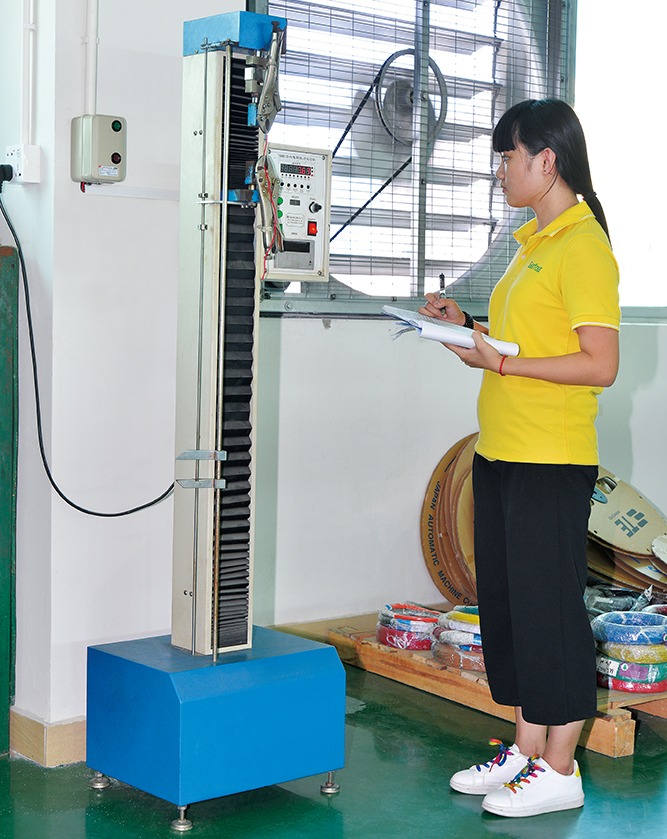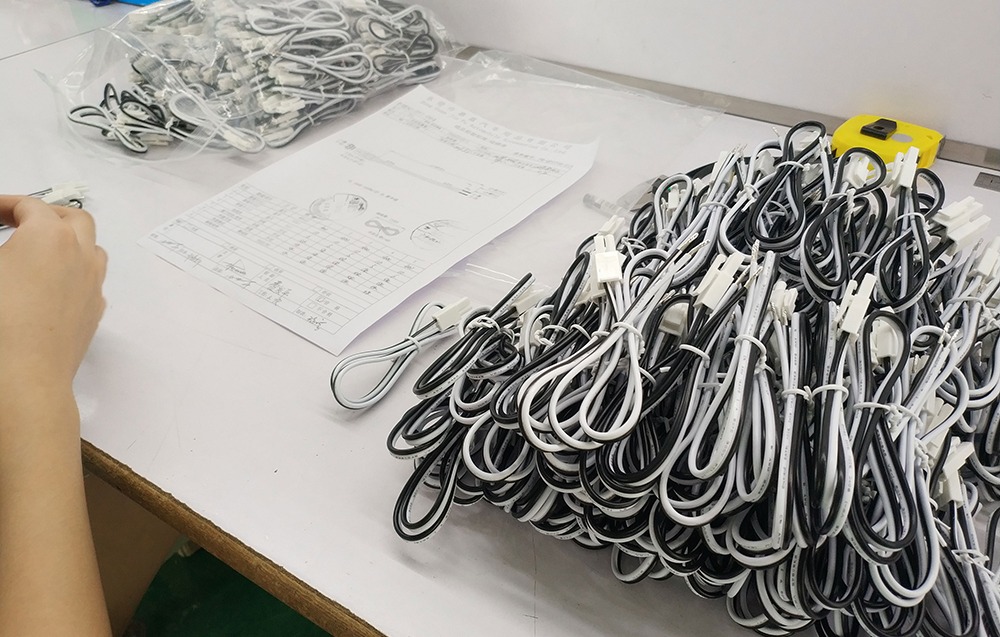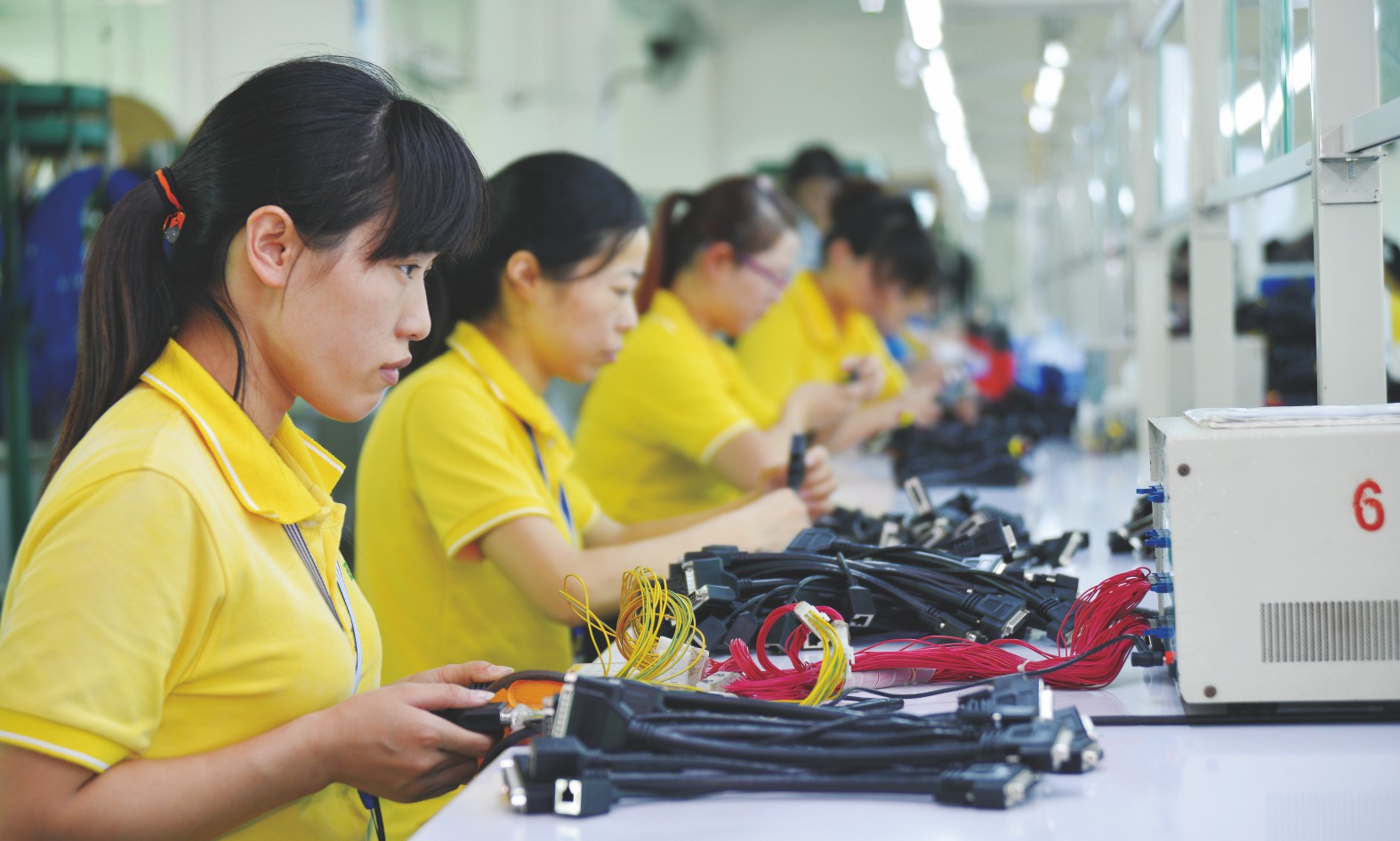Wiring Harness QC plan - Inspection Standards
Introduction
Wire harnesses play a crucial role in the functionality and safety of various electrical systems, from automobiles and aircraft to industrial machinery and consumer electronics. These intricate assemblies of wires and connectors ensure the seamless transmission of electrical signals, making them a critical component of modern technology. To guarantee their reliability and performance, wire harnesses must undergo rigorous inspection processes following standardized guidelines. In this article, we will introduce wire harness inspection standards and explore their significance in ensuring safety and quality in diverse applications.
What is a Wire Harness?
A wire harness, also known as a cable harness or wiring assembly, is a collection of wires, cables, and connectors organized into a unified system. Manufacturers use wire harnesses to simplify installation, reduce the risk of electrical malfunctions, and enhance overall efficiency. They are used in a variety of industries, including automotive, aerospace, telecommunications, industrial equipment, and more.
The Importance of Wire Harness Inspection
Given the crucial role wire harnesses play in various applications, their proper functioning is of paramount importance. Any defects or faults in a wire harness can lead to system failures, malfunctions, or safety hazards. These issues can result in costly repairs, significant downtime, and, in worst-case scenarios, accidents causing injuries or fatalities. To prevent such occurrences, thorough inspection of wire harnesses is essential.
Wire Harness Inspection Standards
Wire harness inspection standards are a set of guidelines and criteria established to ensure the quality and safety of wire harnesses. These standards are often developed and maintained by recognized international or regional organizations, such as the International Electrotechnical Commission (IEC), the Society of Automotive Engineers (SAE), and the American National Standards Institute (ANSI).
The inspection standards cover various aspects of the wire harness, including:
-
Wire and terminal pulling force Inspection: Before crimping terminals, it is important to carry out a thorough inspection to ensure that the terminal and wire are properly prepared. This includes checking for any damage or defects in the wire insulation, as well as ensuring that the terminal is clean and free from any debris or corrosion.
During the adjustment of the crimping machine, an experienced engineer must carefully test each terminal crimp to ensure that it meets IPC/WHMA-A-620 standards. This involves using specialized tools and equipment to measure factors such as pull strength, electrical conductivity, and overall quality of the connection.

-
Visual Inspection: This involves a detailed examination of the harness's physical characteristics, such as the integrity of the wires, connectors, and protective sheathing. It also includes checking for proper labeling, bundling, and routing of wires.

-
Electrical Testing: Wire harnesses undergo various electrical tests to ensure that they meet specified performance parameters. These tests may include continuity testing, insulation resistance testing, and high voltage testing.

-
Mechanical Durability: Wire harnesses are subjected to mechanical stress tests to assess their ability to withstand vibrations, bending, and other environmental factors.
-
Environmental Resistance: Inspection standards also evaluate the harness's resistance to environmental factors like moisture, temperature extremes, and chemicals.
-
Compliance and Certification: Wire harnesses that adhere to specific inspection standards are granted certifications or compliance marks, indicating their adherence to quality and safety regulations.
Benefits of Adhering to Inspection Standards
Adhering to wire harness inspection standards offers several benefits, including:
-
Enhanced Safety: Following rigorous inspection guidelines ensures that wire harnesses are free from defects that could compromise safety.
-
Improved Quality: Inspection standards help maintain high-quality standards, reducing the likelihood of product failures and costly recalls.
-
Interchangeability and Compatibility: Standardized wire harnesses facilitate easy replacement and compatibility across different systems and applications.
-
Industry Compliance: Many industries have regulatory requirements mandating adherence to specific wire harness inspection standards, making compliance necessary for market access.
Conclusion
Wire harnesses are indispensable components in various electrical systems, and their proper inspection is vital for ensuring safety and functionality. Adherence to wire harness inspection standards plays a significant role in safeguarding against defects, improving quality, and meeting industry regulations. By following these standardized guidelines, manufacturers can produce reliable wire harnesses that meet the demands of modern technology, providing peace of mind to end-users and reducing the risk of accidents or costly failures.
Hooha Harness Introduction
Hooha Harness is a reliable and experienced wire harness manufacturer based in China. With over 20 years of customizing wire harness experience, they have become experts in providing OEM and ODM services to their clients. They follow the IPC/WHMA-A-620 standard to ensure that all their products meet high-quality standards. One of the key features of Hooha Harness is that they guarantee a 100% continuity test for all their wire harnesses. This means that every product undergoes rigorous testing before it leaves the factory, ensuring that customers receive only the best quality products.
Hooha Harness has also received several certifications such as IATF16949, ISO9001, and UL certificates which further prove their commitment to quality assurance. Their specialization lies in custom automotive wire harnesses, molded cables, and power cables. If you are looking for a reliable partner for your wiring needs, look no further than Hooha Harness. Contact them now with your wire harness drawing to get a free quote on your project!
How to custom your own wire harness?
Send your sample or drawing/schematic for quote price→ Feedback with quotation(1~3 days) → Confirm quotation → Arrange sample you for approval→ [Make mold if needed (7 days) →Mold test] → Making samples(1~3 days)→Samples test(Approval) →place order for Mass production(2~3 weeks)→Quality checking→Packing →Delivery →After Service →Repeat Order.
